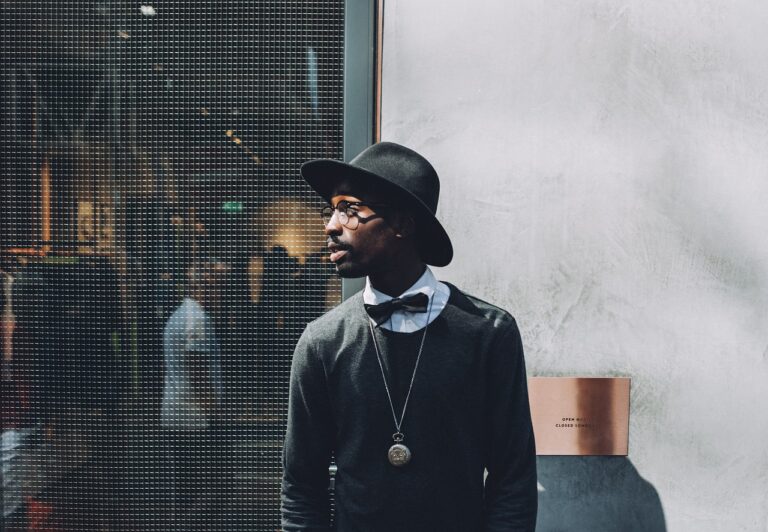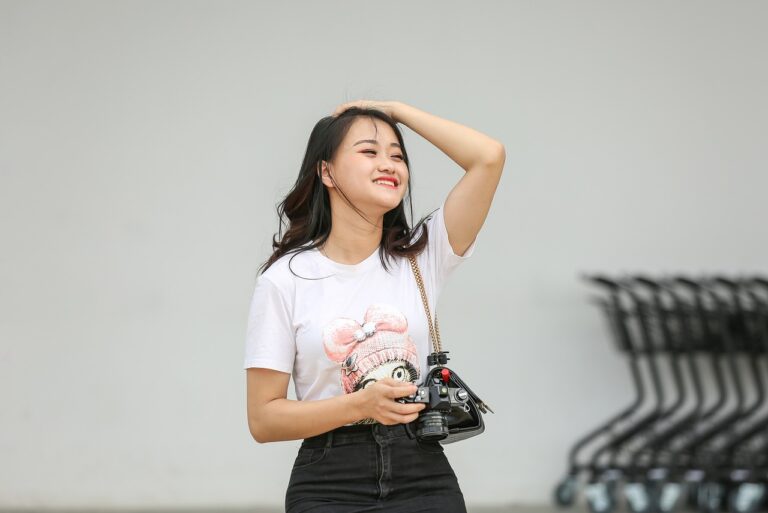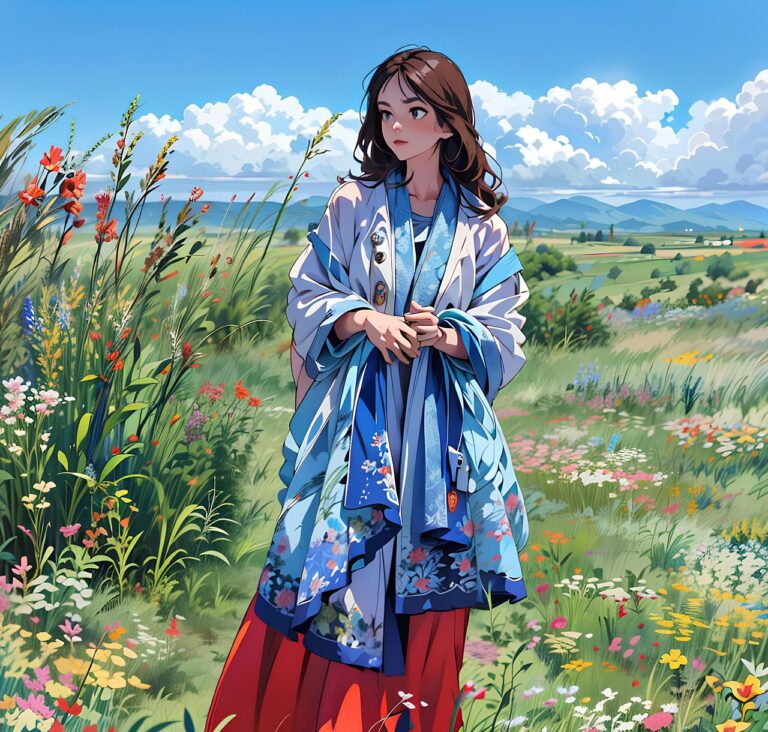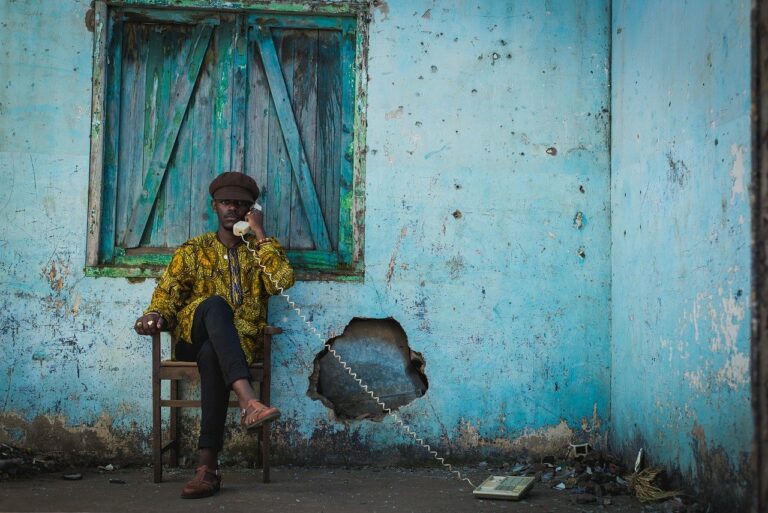The Role of Fashion in Indigenous Cultural Preservation
Indigenous fashion showcases a deep connection to traditions, cultures, and the environment. Garments often feature intricate beadwork, traditional patterns, and vibrant colors that reflect the natural surroundings of different Indigenous communities. These elements not only symbolize cultural identity but also serve as a way to pass down stories and values through generations.
Moreover, sustainability plays a crucial role in Indigenous fashion, as many designers prioritize using locally sourced materials and eco-friendly production methods. This commitment to environmental stewardship aligns with Indigenous principles of respecting and protecting the Earth. By incorporating sustainable practices into their designs, Indigenous fashion creators are not only promoting cultural heritage but also advocating for a more conscious and ethical approach to fashion industry practices.
Indigenous fashion showcases a deep connection to traditions, cultures, and the environment
Garments often feature intricate beadwork, traditional patterns, and vibrant colors reflecting natural surroundings
These elements symbolize cultural identity and pass down stories through generations
Sustainability is crucial in Indigenous fashion
Designers prioritize locally sourced materials and eco-friendly production methods
Commitment aligns with Indigenous principles of respecting and protecting the Earth
Incorporating sustainable practices promotes cultural heritage
Advocates for a more conscious and ethical approach to fashion industry practices
History of Indigenous Fashion
Indigenous fashion has a rich history that dates back centuries, with each culture and community showcasing unique styles and techniques that reflect their heritage and traditions. From intricate beadwork and vibrant patterns to natural materials like leather and feathers, traditional Indigenous clothing served not only as a form of expression but also as a way to convey status and identity within the community.
Throughout history, Indigenous fashion has evolved and adapted to changing circumstances, including colonization and assimilation efforts that forced many communities to modify their traditional attire. Despite these challenges, many Indigenous designers and artists have worked tirelessly to preserve and revitalize their cultural practices, infusing contemporary fashion with traditional elements to create a fusion of past and present that celebrates resilience and creativity.
Traditional Indigenous Clothing
Traditional Indigenous Clothing varies greatly across different Indigenous cultures, reflecting the diverse histories and traditions of each group. From intricately woven textiles to vibrant beadwork and intricate quillwork, these garments hold deep cultural significance and are often passed down through generations. Each piece tells a story, symbolizing the connection to the land, ancestors, and spiritual beliefs of the Indigenous people.
The craftsmanship and artistry of Traditional Indigenous Clothing demonstrate a deep respect for the natural world and an understanding of the interconnectedness of all things. The use of natural materials such as animal hides, feathers, and plant dyes not only showcases the ingenuity of Indigenous peoples but also underscores their sustainable practices and deep reverence for the environment. Through their clothing, Indigenous communities continue to preserve and celebrate their heritage, ensuring that their traditions remain alive and vibrant for future generations to cherish and learn from.
What are some key elements of Indigenous fashion?
Some key elements of Indigenous fashion include use of natural materials, traditional patterns and designs, and incorporation of cultural symbols and motifs.
Can you provide some examples of traditional Indigenous clothing?
Some examples of traditional Indigenous clothing include moccasins, tunics, ribbon shirts, jingle dresses, and regalia for ceremonies and dances.
What is the history of Indigenous fashion?
The history of Indigenous fashion dates back thousands of years and varies greatly among different tribes and cultures. Indigenous fashion has evolved over time, influenced by cultural traditions, trade with other tribes, and interactions with settlers.
How is traditional Indigenous clothing preserved and celebrated today?
Traditional Indigenous clothing is preserved and celebrated today through cultural events, powwows, fashion shows, and collaborations with contemporary designers. Many Indigenous communities also continue to create and wear traditional clothing for ceremonies and special occasions.







